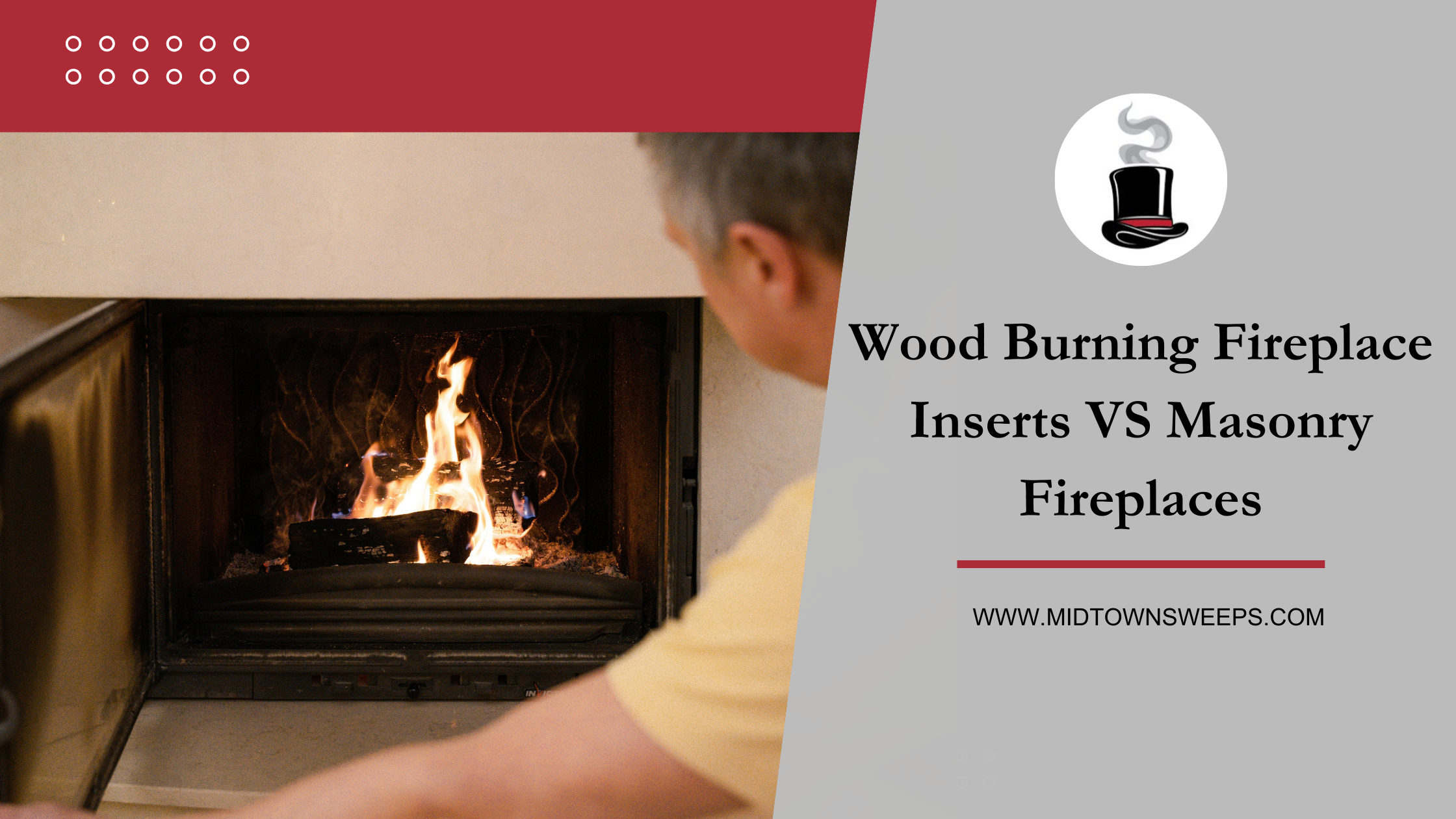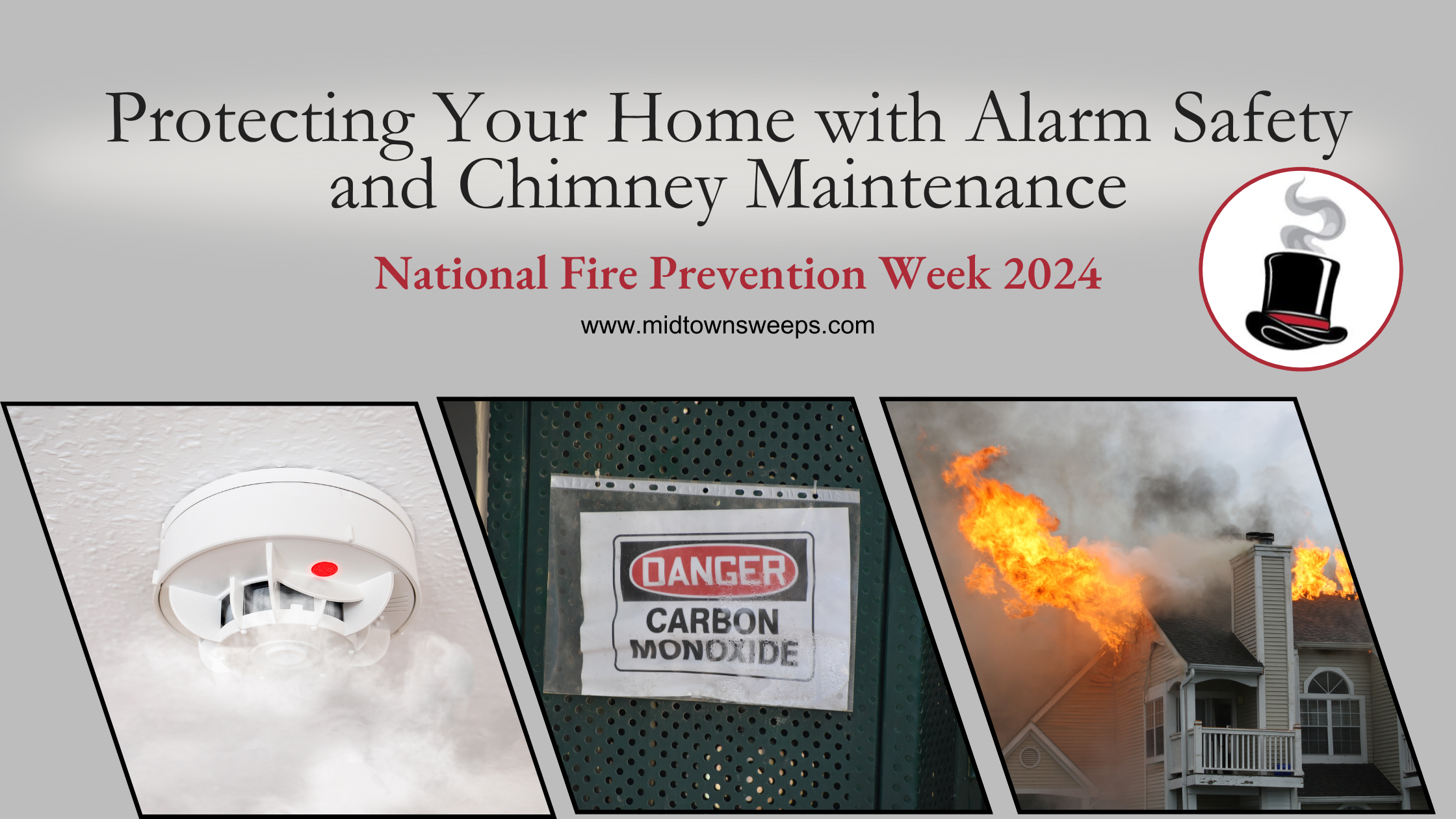Winter weather can get dangerous quickly, especially if you are not prepared for it! Chimneys and fireplaces that haven’t been maintained are a quick way to find yourself at the far end of a long line of waiting for repair service. While the summer gives us time and opportunity to repair your fireplace or chimney, the winter offers little time to get you up and going efficiently. The best way to avoid this wait is to prepare for winter weather, before it hits.
Let’s talk about how to prepare your fireplace for winter weather.
Have Your Chimney Cleaned
Top of the list is having your chimney cleaned. Creosote buildup happens with each burn. This buildup is flammable and could eventually ignite, causing a chimney fire. These dangerous events can burn through your chimney itself. During the winter months, buildup happens more quickly, and in the event of a winter storm, 24 hour use may be needed for additional heat. Failure to clean the chimney increases the chance of a dangerous fire igniting when your fireplace is needed the most. Get ahead of the game, and have your chimney cleaned before the weather turns.
Get a Chimney and Fireplace Inspection
Different from your average (and annual) cleaning, a chimney and fireplace inspection can spot potential issues or damage before they can progress into a serious problem. The goal in preventative maintenance is to avoid being caught by surprise by hidden problems that worsen when the weather takes a bad turn.
A chimney inspection involves checking the fireplace and chimney with specialized tools and often time, attic and rooftop access. This type of inspection looks for leaks, gaps, obstructions, creosote buildup, and more. These types of issues can be overlooked with just a traditional cleaning (or sweep). Without proper maintenance, these seemingly small and harmless issues can progress and that’s the last thing you want to deal with when winter weather hits.
Repair and Waterproof Your Masonry
Your masonry may feel rock solid, but it has one powerful enemy: water damage. Over time, water can penetrate your mortar and fine cracks in the bricks. When that water freezes due to falling temperatures, this damage accelerates. Masonry repairs and waterproofing is vital to have done before winter storms to avoid more expensive repairs down the road. These repairs will also greatly extend the lifespan of your masonry and fireplace. Waterproofing doesn’t have to be intimidating! Give us a call to learn more or visit us here to learn about leaky chimneys!
Learn How to Use your Fireplace Safely and Efficiently
There are many types of fireplaces out there. The best way to be prepared is to learn how to safely and efficiently use the type of fireplace in your home. The first step is identifying your unit. Look at the types of burn fuel you use for your fireplace. If it is seasoned wood, then your fireplace is wood-burning, which comes with different safety regards than gas or electric fireplaces. A traditional fireplace is typically a masonry or factory built wood-burning fireplace, which differs from wood-burning inserts and stoves. Click here to learn more about wood-burning inserts!
Gas fireplaces oftentimes have a valve that starts and stops the flow of gas to ignite your fireplace. Electric fireplace will have a switch as well, which differs from gas. Pellet stoves use pellets for burning, opposed to wood. The very first step is identifying the fireplace in your home to better utilize your heat source in preparation of the winter weather.
Replace Older Parts of your Chimney and Fireplace
Is your damper worn out? What about the fireplace doors’ sealing gaskets? Your home heating system has many parts and it undergoes a lot of wear and tear during cold weather. This may result in worn down components that technically still work, but aren’t working as efficiently as they could.
For example, think about a worn-down damper that doesn’t open completely. This results in the air not drawing as it should and overall poor fireplace performance. Meanwhile, if the damper gets stuck closed, your house can fill with smoke and toxic gasses. Investing in keeping the parts of your chimney or fireplace updated also helps keep the maintenance cost down in the long run.
Install a Chimney Cap and Chase Cover
Some of the most important and, usually overlooked parts of your chimney is the chimney cap and the chase cover. These vital components help keep water, snow, animals, and bits of sticks or dead leaves out of your fireplace system. These devices protect the inside of your chimney and the rest of the system from debris and rust damage. If you don’t have one, consider getting one installed before the snow hits, protecting your chimney from the damaging elements.
Want to learn more about winter preparedness? Give us a call today! We are here to help get you the information you need and provide the chimney services you require. Head into the winter cold with peace of mind.












